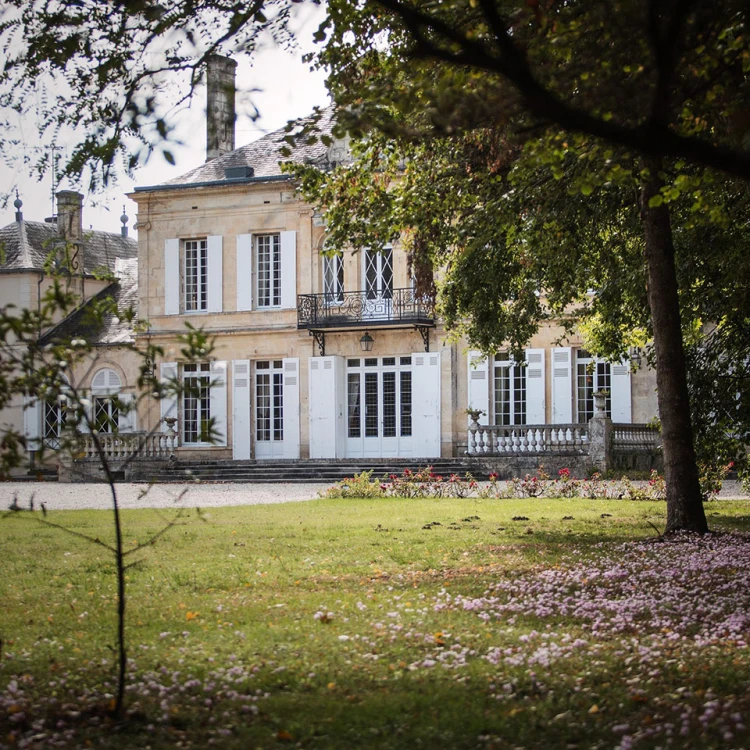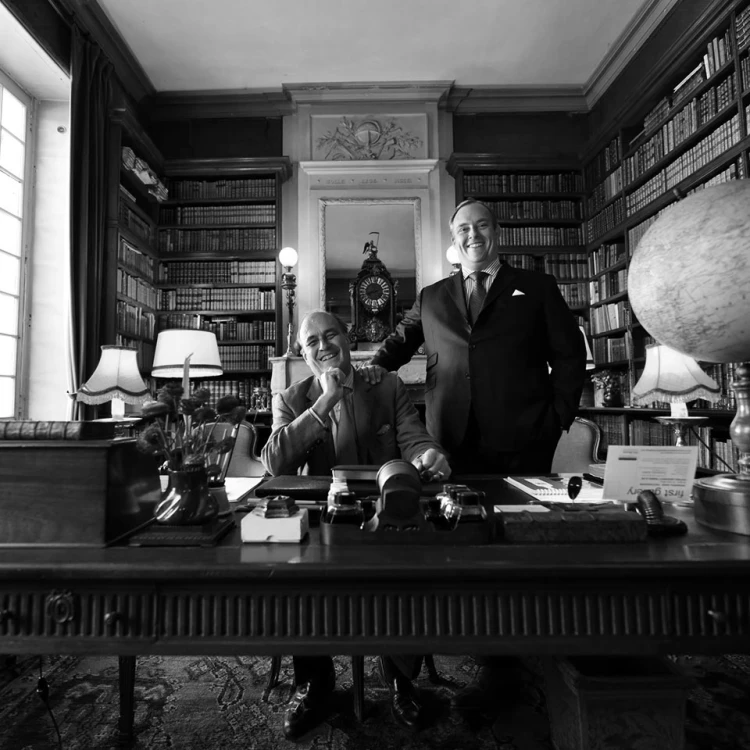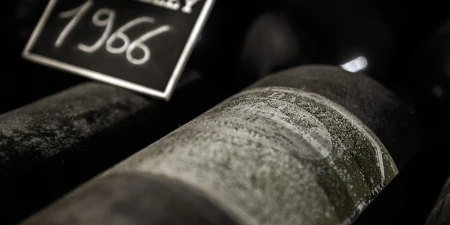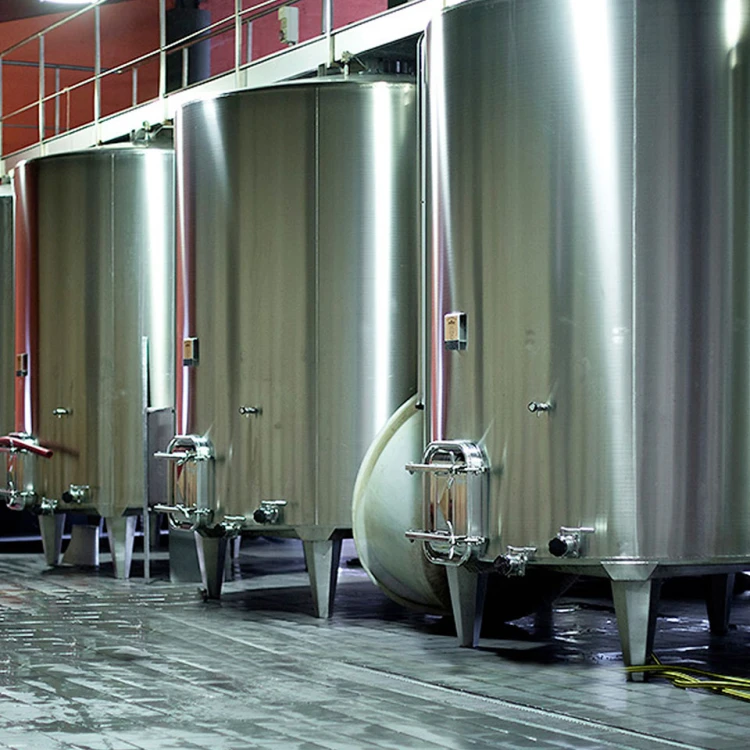Château Batailley Winery
"Classic Pauillac at its finest."
The Castéja family
The Castéja family

The Château and park of Batailley are among the oldest in the region, the wines among the most traditional Pauillacs, but the art of winemaking is at the cutting edge thanks to the Castéja family.
It was in 1452 that one of the decisive battles of the Hundred Years' War between the English and the French took place not far from the current vineyard. The English, who had entrenched themselves around Château Latour, lost this battle and subsequently also their possessions in France. The name of the vineyard goes back to this battle. The château, whose park was once laid out by the garden architect Napoleon III, was awarded the title "5ème Grand Cru Classé de Pauillac" in 1855, a title that the wines are still more than worthy of today. The 60 hectares of vineyards lie on gravelly Günz soil and are planted with 70% Cabernet Sauvignon, 25% Merlot, 3% Cabernet Franc and 2% Petit Verdot.



the vineyard was acquired by the brothers Marcel and Francis Borie in 1924. It is still owned by the Borie Castéja family, who have also owned the Borie-Manoux trading house and other wine estates such as Trottevieille and Lynch-Moussas since 1881. The family has always managed the winery between the poles of tradition and modernity. However, since Philippe Castéja and now his son Frédéric have been running the estate, the wines have become even better. First they became stronger, then finer and fresher. This also has to do with the fact that they initially engaged Denis Dubordieu as a consultant and introduced many innovations with him and had the soils in the vineyard analysed more closely. The harvest quantities for the first wine were reduced and a second wine was introduced.
The vineyard was divided into parcels and each parcel was processed differently, harvested and fermented individually, so that the recently completed winery renovation now has 60 stainless steel and concrete fermentation tanks instead of the previous 30. In addition, the wine remains on the skins for around four weeks at 31 °C before being drawn off to mature. The proportion of new wood is now around 55%. On the one hand, the wine has the typical power and density of a Pauillac, but has gained in precision, clarity and minerality, so that the „5ième Cru Classé“ is increasingly catching up with the top group.
© Images: Château Batailley